Navigation
Install the app
How to install the app on iOS
Follow along with the video below to see how to install our site as a web app on your home screen.
Note: This feature may not be available in some browsers.
More options
Style variation
-
Congratulations MintJulep on being selected by the Eng-Tips community for having the most helpful posts in the forums last week. Way to Go!
You are using an out of date browser. It may not display this or other websites correctly.
You should upgrade or use an alternative browser.
You should upgrade or use an alternative browser.
Core Checks 2
- Thread starter ixv
- Start date
- Status
- Not open for further replies.
- Thread starter
- #4
I am referring to a concrete core that is for ventilation and elevator shafts and fire escape stairways. It is main to be the a form of stability system for the high rise.
I have calculated the axial loading and the wind loading which is a point load at every storey and have used the h/300 equation for the deflection.
I have read that a method called the Area Moment Method has to be used but I am not sure how exactly I will arrive to the solution that the concrete core is stable enough. This core is 14m*14m* placed in the middle of a circular 20 storey high rise with 2 basement garages underneath.
I have calculated the axial loading and the wind loading which is a point load at every storey and have used the h/300 equation for the deflection.
I have read that a method called the Area Moment Method has to be used but I am not sure how exactly I will arrive to the solution that the concrete core is stable enough. This core is 14m*14m* placed in the middle of a circular 20 storey high rise with 2 basement garages underneath.
TehMightyEngineer
Structural
Please tell me what building this is so I can make sure I don't go in it.
Moment area method is not a stability analysis, it's a design method for calculating slope and deflection in beams of varying cross section. Wind loading is not a "point load at each story", there are torsional forces and other design considerations. If you don't know these you should have no business designing the lateral-force resisting system of a 22 story, high-rise structure!
Ian Riley, PE, SE
Professional Engineer (ME, NH, VT, CT, MA) Structural Engineer (IL)
American Concrete Industries
Moment area method is not a stability analysis, it's a design method for calculating slope and deflection in beams of varying cross section. Wind loading is not a "point load at each story", there are torsional forces and other design considerations. If you don't know these you should have no business designing the lateral-force resisting system of a 22 story, high-rise structure!
Ian Riley, PE, SE
Professional Engineer (ME, NH, VT, CT, MA) Structural Engineer (IL)
American Concrete Industries
RickyTickyTavi
Structural
Is this for school, or for a real project?
-
1
- #7
I feel your pain here. In my opinion shaft design is one of the most complex problems in structural engineer and, simultaneously, a problem that gets almost no treatment in mainstream textbooks. The problem seems to be getting exacerbated by our reliance on FEM software as well. With such "accurate" tools available to us, we seem to be losing our motivation to truly understand this stuff. Fundamentally, a core is just a cantilevered beam with a bunch of holes in it. It's astounding how complex that makes the problem however. Some excellent resources that I've drawn from are shown below. A very non-exhaustive list of things that may need to be checked includes:
1) Drift
2) Flexural strength.
3) Shear strength.
4) Torsional strength.
5) Force transfer around openings.
6) Coupling beam capacity and behavior.
7) Dynamic characteristics under wind and their influence on occupant comfort.
8) Ductile detailing in high seismic designs.
9) Potential for seismic pounding against adjacent structures.
10) Global stability in the transnational sense.
11) Global stability in the torsional sense (tall + single core)
12) Differential shortening between shaft and columns for tall buildings and, particularly, those with outriggers.
13) Shear transfer across floor level cold joints if those exist.
14) Overall axial capacity.
15) Backstay effects where basements are involved.
16) Behavior and detailing at transfer diaphragm levels where concentrated load is moving from one wall group to another.
17) Compression stability of wall ends.
18) Appropriate flange widths for both tension and compression flanges of wall groups.
19) Shear friction along the vertical joints between interconnected segments of wall groups.
20) Anchorage -- not just development -- of core vertical bars into foundation elements.
Obviously, not all of these things are germane to all building morphologies. It's a much simpler problem for modest structures.
I have all of the references below in my library. If you plan to do some shopping, I can elaborate on the strengths of each. I'll only respond to targeted questions however. I don't have time to write book reports on all this stuff for sport.
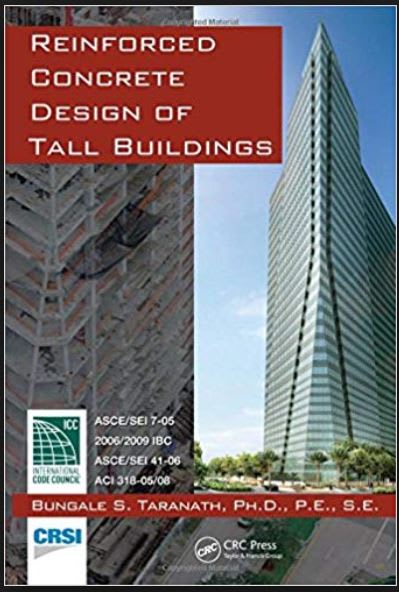
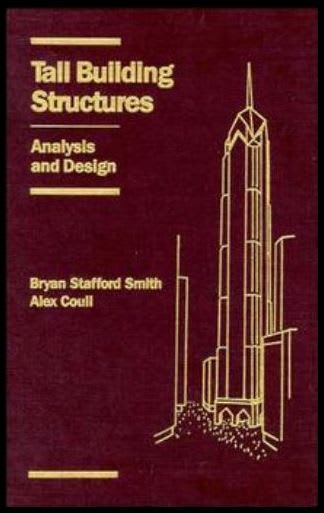
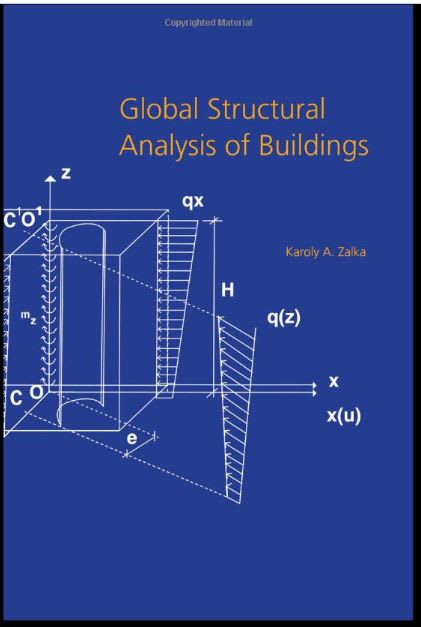
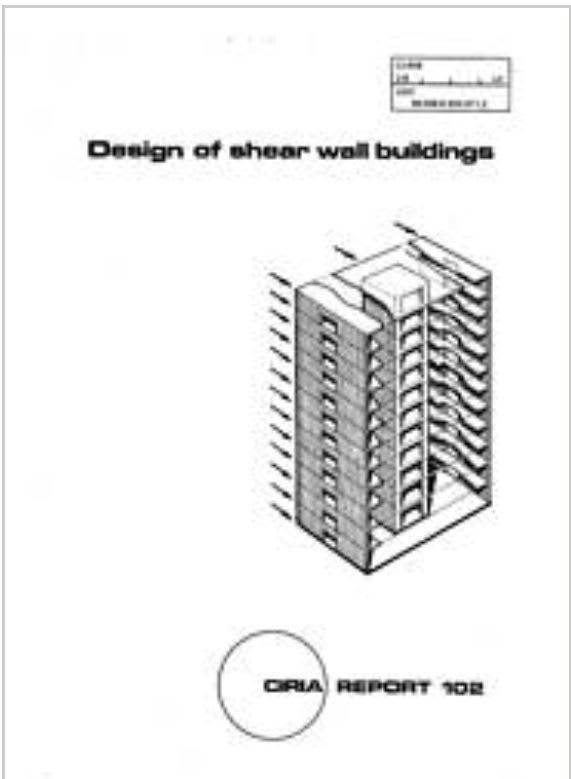

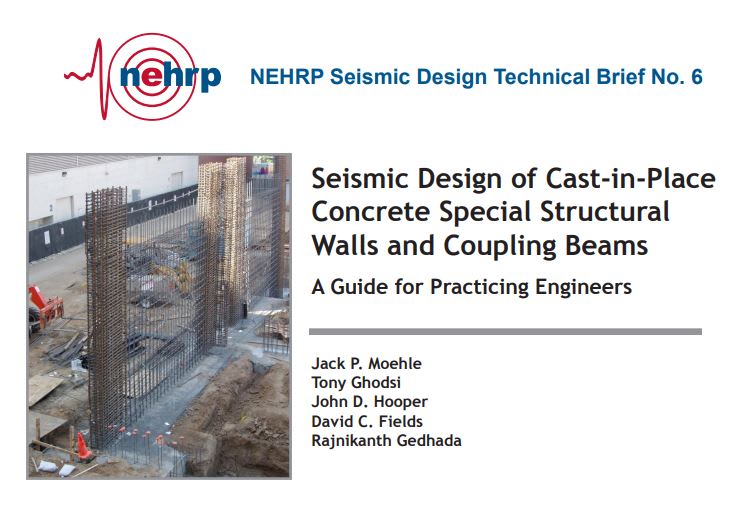
1) Drift
2) Flexural strength.
3) Shear strength.
4) Torsional strength.
5) Force transfer around openings.
6) Coupling beam capacity and behavior.
7) Dynamic characteristics under wind and their influence on occupant comfort.
8) Ductile detailing in high seismic designs.
9) Potential for seismic pounding against adjacent structures.
10) Global stability in the transnational sense.
11) Global stability in the torsional sense (tall + single core)
12) Differential shortening between shaft and columns for tall buildings and, particularly, those with outriggers.
13) Shear transfer across floor level cold joints if those exist.
14) Overall axial capacity.
15) Backstay effects where basements are involved.
16) Behavior and detailing at transfer diaphragm levels where concentrated load is moving from one wall group to another.
17) Compression stability of wall ends.
18) Appropriate flange widths for both tension and compression flanges of wall groups.
19) Shear friction along the vertical joints between interconnected segments of wall groups.
20) Anchorage -- not just development -- of core vertical bars into foundation elements.
Obviously, not all of these things are germane to all building morphologies. It's a much simpler problem for modest structures.
I have all of the references below in my library. If you plan to do some shopping, I can elaborate on the strengths of each. I'll only respond to targeted questions however. I don't have time to write book reports on all this stuff for sport.






TehMightyEngineer
Structural
KootK is either way too generous or I have a gross misunderstanding of OPs skillset.
Ian Riley, PE, SE
Professional Engineer (ME, NH, VT, CT, MA) Structural Engineer (IL)
American Concrete Industries
Ian Riley, PE, SE
Professional Engineer (ME, NH, VT, CT, MA) Structural Engineer (IL)
American Concrete Industries
TehMightyEngineer
Structural
Well, if it makes you feel better you've given me a bunch more references for my Christmas book list. Never had the pleasure of a doing a non-industrial, high-rise so I'd like to learn about the design aspects of them.
Ian Riley, PE, SE
Professional Engineer (ME, NH, VT, CT, MA) Structural Engineer (IL)
American Concrete Industries
Ian Riley, PE, SE
Professional Engineer (ME, NH, VT, CT, MA) Structural Engineer (IL)
American Concrete Industries
RickyTickyTavi
Structural

Funny, that high rise on the 2nd book by Smith and Coull is the Bank of Southwest Tower in Houston Texas. -- it was never built after oil crashed in the 1980's.
I recognized it because I live and work in Houston and many architects/engineers wish it got built. Neat seeing on a book cover.
-
1
- #13
RickyTickyTavi said:many architects/engineers wish it got built....
Best projects to work on are those that never get built... best nights sleep you'll ever get.
- Status
- Not open for further replies.
Similar threads
- Replies
- 1
- Views
- 1K
- Locked
- Question
- Replies
- 2
- Views
- 1K
- Replies
- 3
- Views
- 4K
- Replies
- 7
- Views
- 980
- Locked
- Question
- Replies
- 8
- Views
- 5K
